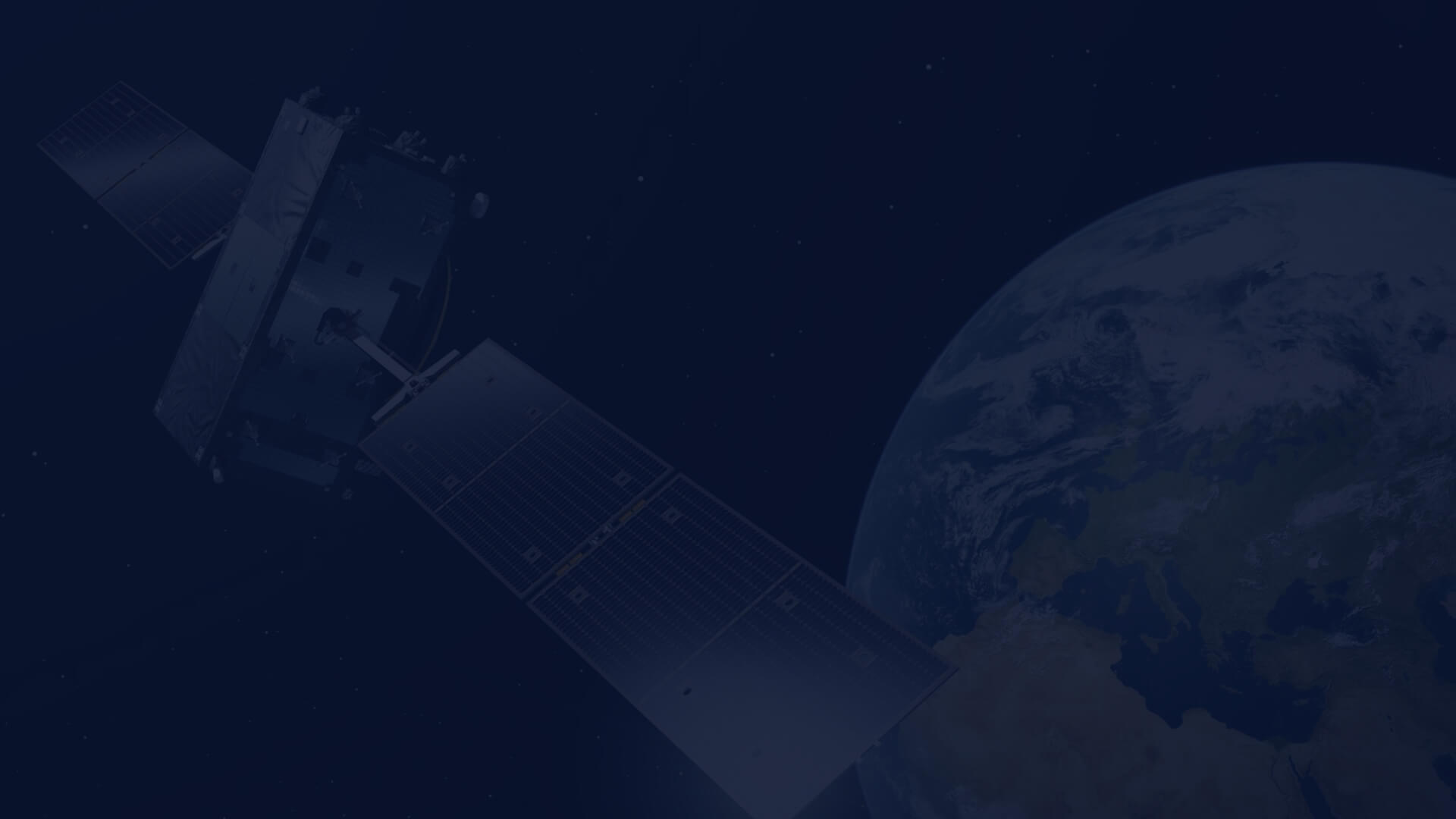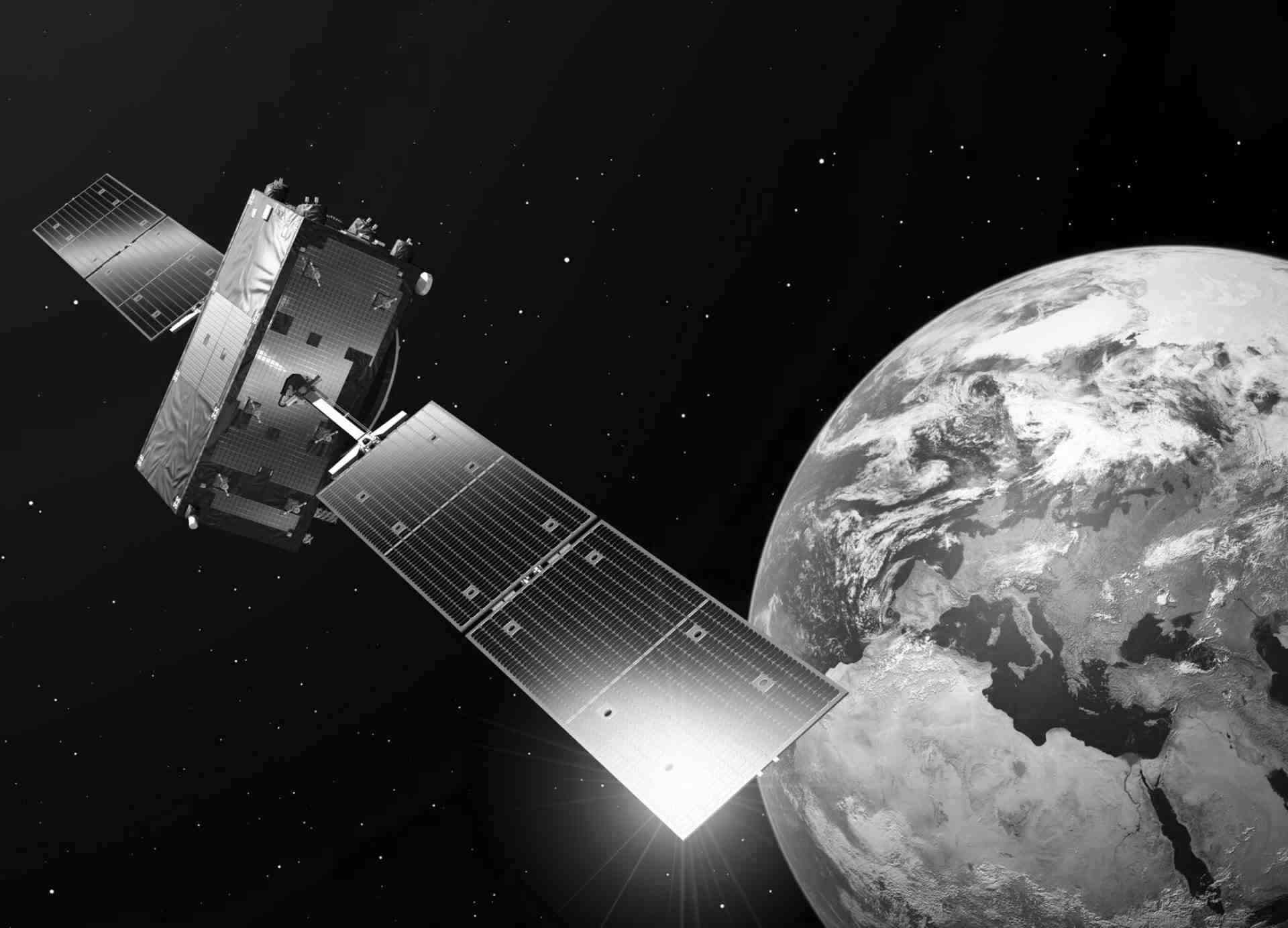Land subsidence and landslides monitoring based on satellite data
The problem of mining damage
Despite their significance for the economy of many countries in the world, mines in many cases have a negative impact on their neighbourhood. One of the effects of mining is land deformation, manifested by the occurrence of e.g. subsidence basins. The problem of mining damage occurs not only during the mining period but also many years after the mine has ceased operation. For example, in Poland, there are currently over 20 hard coal mines in Upper Silesia alone. Certainly, many people living in the mining areas have noticed cracks in walls or foundations or leaking windows and doors in their homes. They are caused by ground displacement, which can be identified using satellite radar imaging.
Analyses using SAR imagery from commercial (e.g. ICEYE) or free satellites (e.g. Sentinel-1) not only identify possible damage to houses, but also to roads, tracks, power lines, gas pipelines, bridges and much more. Also affected are owners of undeveloped plots of land - where subsidence: prevents their agricultural use, does not allow for proper crop growth and the use of heavy agricultural equipment in their area. The value of the subsidence of the basin may even exceed one metre in a year, reaching values of even several metres over 10 years. Post-mining subsidence therefore causes unimaginable economic losses and poses a threat to health and life.
The problem of landslides
In areas affected by mass movements, there are risks associated with the incorporation of objects located in the affected area or in its immediate vicinity. Regular monitoring should be carried out for public buildings, monuments, religious buildings, hydro-technical constructions, linear infrastructure, communication routes but also for residential buildings located in areas affected by mass movements. Unfortunately, often monitoring activities cannot be carried out with such frequency as required by law due to the limitation resulting from the access to human, monetary or material resources.
Most frequently the rate and character of surface movements in a landslide area are determined by geodetic mathods. However, in landslide studies other methods may be used, e.g. satellite radar interferometry with data from the European Space Agency (ESA) - Sentinel-1 constellation.
Use of Sentinel-1 data
Data specifications
From 2014 ESA is developing family of missions called Sentinels for the operational needs of the Copernicus programme. These missions carry a range of remote sensing data, specifically the radar imagery from the first mission of this enterprise – Sentinel-1. Sentinel-1 mission contains two satellites, which registers in day and night performing C-band synthetic aperture radar imaging. It provides acquiring radar data regardless of the weather. What is significant, these data are free of charge. The specifics of the SLC product from Sentinel-1 mission is presented below:
SLC radar imagery parameters
| Satellite name | Sentinel-1A/B |
| Mode | Interferometric Wide Swath |
| Polarisation | VV |
| Spatial resolution | 5 m x 20 m |
| Temporal resolution | up to 6 days |
| Frequency | 5,405 GHz |
| Wavelength | 55 mm |
DInSAR and PSInSAR analyses based on Sentinel-1 data
With a proper selection of Sentinel-1 data (same orbit, corresponding area coverage) interferometric processing can be performed. Along with DTM (e.g. from SRTM mission), it is possible to calculate DInSAR (Differential SAR Interferometry) products. It shows a displacement between two SAR images in satellite’s LOS (Line Of Sight), which can be later compiled to vertical displacement. It can be used for example in monitoring mining activity, earthquake damages or other local ground motion within significant area.
The other processing method for InSAR is PSI (Persistent Scatterer Interferometry) technique, which uses many SAR images for calculating displacement velocity. The product of this analysis is point dataset, which covers especially urban areas. The accuracy of such velocities is very high – up to few millimetres per year. The usage of PS data can be various – mining activity, landslides monitoring, new infrastructure subsidence, analysis of tunnel or bridges stability and others.
Innovative answer to the problem
Land subsidence monitoring
SATIM, using its many years of experience in working with SAR imagery, in particular from the Sentnel-1 mission, has developed the OsiadanieTerenu.pl portal. The mechanism of operation of the application is based on the use of satellite radar imagery, which can be collected in the CREODIAS application, and then semi-automatically processed by analysts and transformed into a graphic form. As a result, modern and technologically advanced images presenting identified changes on the ground surface are legible and presented on the portal in an accessible way - in the form of a map with ranges and values of subsidence occurrence. The OsiadanieTerenu.pl application facilitates the user's control over areas degraded by mining activities and automatically generates reports containing quarterly subsidence values in centimetres. Moreover, OsiadanieTerenu.pl includes the possibility to review archival data and the function of automatic alert in case of detecting new vertical ground movement.
Landslide monitoring
Another product developed at SATIM based on radar imaging is a monitoring service to support different phases of the landslide risk management. The service combines existing, established elements as landslide velocity maps derived from stacks of satellite SAR data using Persistent Scatterer Interferometry with completely new near-real-time monitoring elements, as urgently required during crisis situations. The resulting products are reports on the status of landslide areas located within the boundaries of the district or detailed reports for selected landslides containing: basic geological information on the studied area including location, applied method of data processing, map with survey points, graph showing displacements of selected PSI points in time.
The cloud has a future
The development of land displacement analyses in areas affected by post-mining subsidence and landslides would not have been possible without the use and application of a powerful cloud from which Sentinel - 1 data can be extracted and then processed. CloudFerro has a well-tailored product that could support our solution at every stage of its development.
Authors: Daria Agata Soszyńska - Sales Development Specialist, Radosław Grzybek - R&D Specialist, Mateusz Maślanka - Business Developemn Lead in Poland, SATIM Monitoring Satelitarny Sp. z o.o.
SATIM was founded in 2012. We use satellite-based radar imagery to support our customers. Results of our work help them make better decisions. We develop our services and products based on SAR imagery of Earth surface acquired by satellites. These images, compared to traditional optical satellite images, are not influenced by weather conditions and day/night time and can cover the Earth in 100%, all the time.
Our 10-person team consists of experienced analysts and sales personnel. Our strength is our people. Each team member is an integral part of the success in implementation of our company's mission.
Until now we have provided monitoring services to dozens of different customers ranging from small businesses, local government units, state institutions up to large corporations.
We have also developed a software which can automatically analyse SAR images and extract clear insights on objects like vehicle, buildings, infrastructure, etc., as well as on changes in time.

